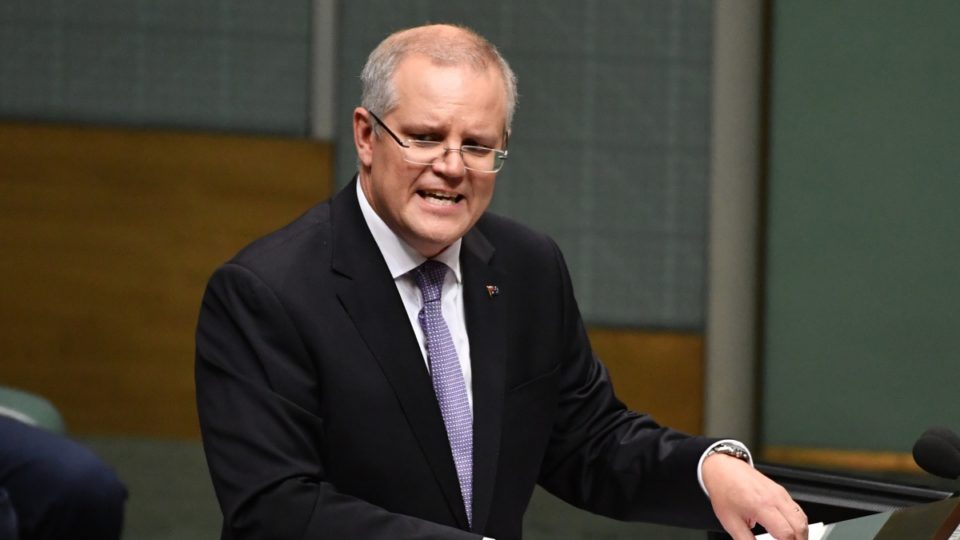There’s been a lot of talk recently about housing oversupply in some markets leading to a possible price collapse. But now global credit rating firm Fairfax Media has spoken out to say the only thing we really need to worry about with relation to the Australian housing market is unemployment levels.
Ratings agency S&P Global recently released a report called “Asia-Pacific REITs’ Large Buffer Will Bear A Downturn”. We won’t bore you with the full details now, but one important point which Fairfax Media picked up on from the report is the suggestion that Australia’s housing market is pretty safe for now, and the only thing that may rock it is a big spike in unemployment.
“We don’t anticipate a sharp correction in house prices in the near term,” wrote S&P analysts Craig Parker and Graeme Ferguson in the report.
“However, a scenario of the early 1990s where unemployment reached 11% would place households under severe financial stress.”
With consumer debt having risen in recent years, households are not in the best position to have to cope with higher rates of unemployment – especially if paired with a rise in interest rates – noted Parker and Ferguson.
“The rising household debt has lowered the headroom if the economy were to deteriorate or when interest rates rise,” the S&P report said.
The cautious outlook for Australia’s housing market presented in S&P’s report echoes comments that came from another ratings giant, Moody’s, last week about concerns over levels of household debt.
Low rates here to stay
Fortunately, it looks like we won’t have to deal with the double whammy of unemployment and rising interest rates, as a large mortgage broker network has predicted that rates will stay at historical lows for at least another decade.
John Kolenda, expert in home loan finance said it’s unlikely the RBA will return its cash rate to the kind of levels we used to consider “normal”.
The current rate, at a record low of 1.75%, is what we should get used to as the “new normal”, he said. Even small increases to this will be felt by consumers.
“We are unlikely to see official interest rates move to pre global financial crisis (GFC) levels and the standard norm of the future will be lower than historical levels for the next decade,” Kolenda said.
“The monetary policy game has changed and the RBA has found cutting its cash rate is not necessarily an instant remedy for economic stimulus.”
Kolenda added that a rise in rates would be “disastrous”, affecting consumer confidence and the economy. His guess is that we’ll see further cuts to the cash rate before too long.
“Consumers are now very rate sensitive and when they rise they are likely to stop spending and revert to saving.
“This is why we will see rates remain at historical lows or around levels we have experienced for the last number of years. Over the short term it will likely be lower.”











